The region is often underestimated, but Friuli-Venezia Giulia is rich in sights and resources: historical cities, the sea, and mountains, there is something for every taste. One of the most brilliant pearls, of course, is Trieste. Culture, history, art, as well as corners where nature will be the main character. And then Friuli-Venezia Giulia will give you authentic flavors rich in impurities even in the kitchen. So all that remains is to discover its beauties and experience them with us.
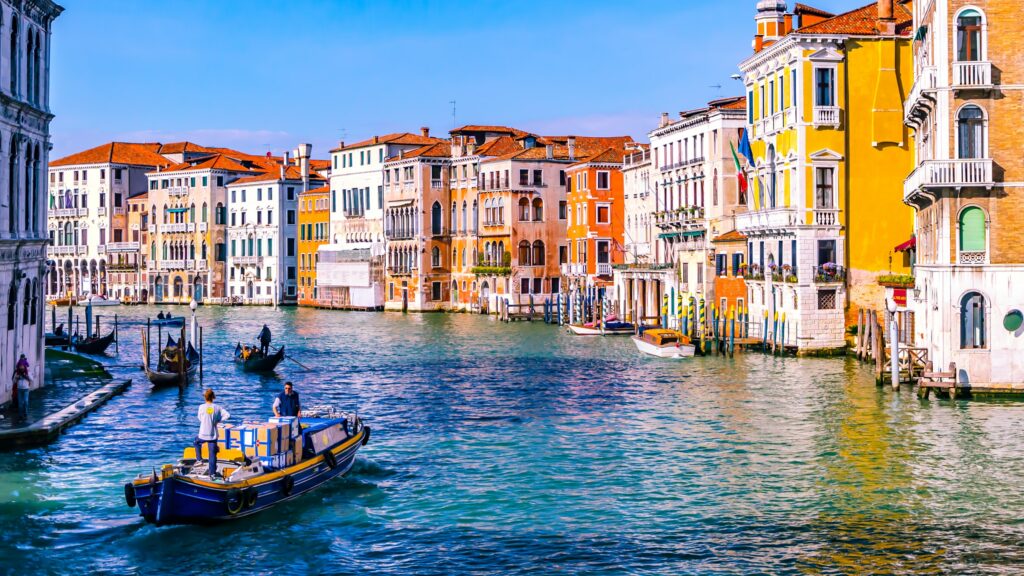
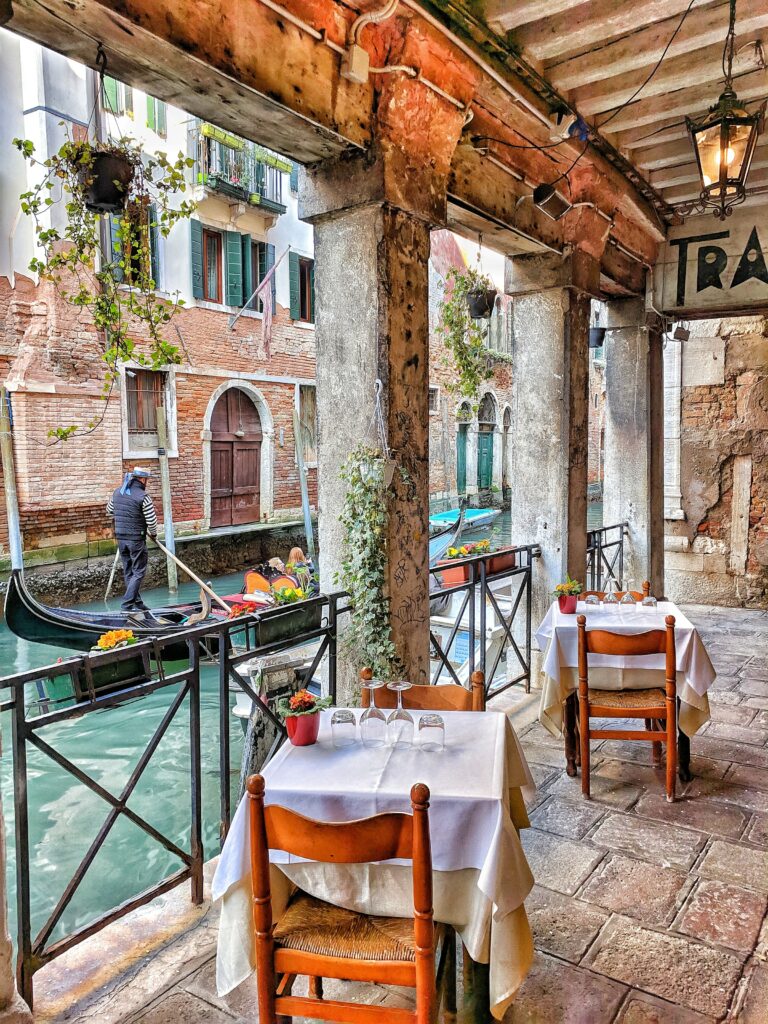
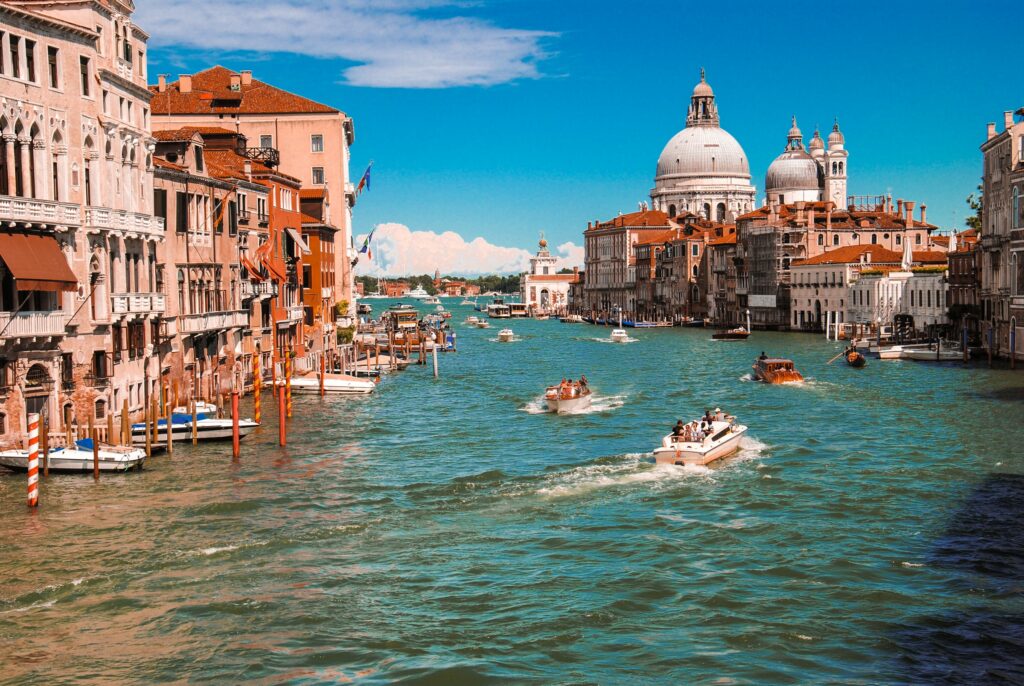
Trieste
What to see in Trieste? This is certainly not an easy question, and it is necessary to provide for many stages. Trieste is a city with hidden beauty and charm that does not cause a fuss. Its heart is Piazza Unita d’Italia, the largest square in Europe with sea views. A cultural salon full of history and cafes not to be missed (Il Caff Degli Specchi). It was no accident that she charmed Joyce and Stendhal. You will walk among the unique palaces and fountains. One of the first attractions is the Cathedral of San Giusto.
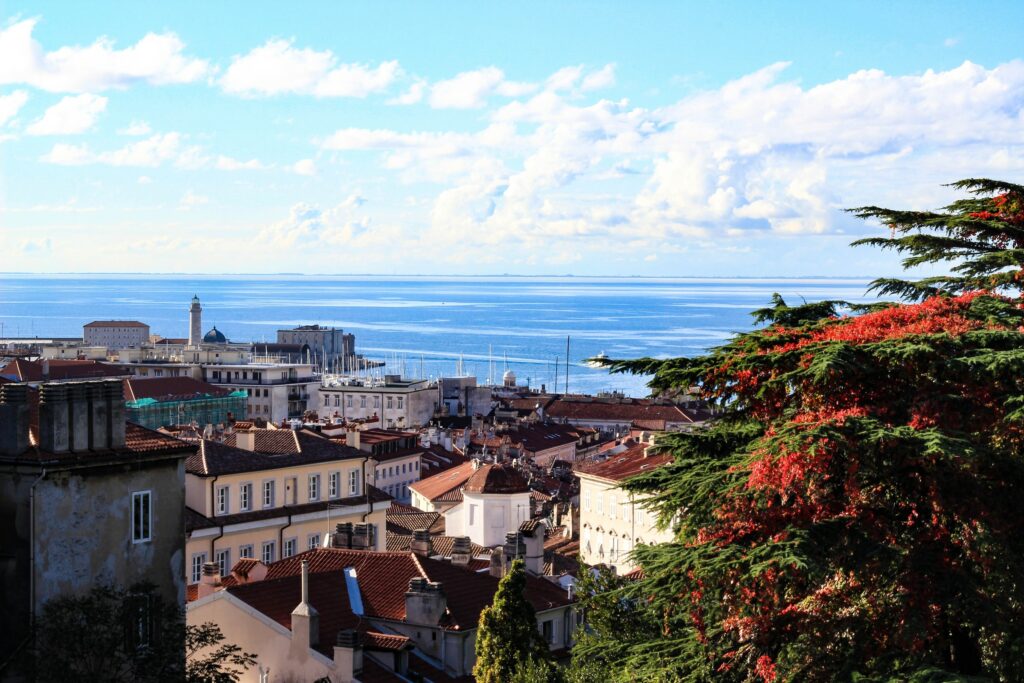
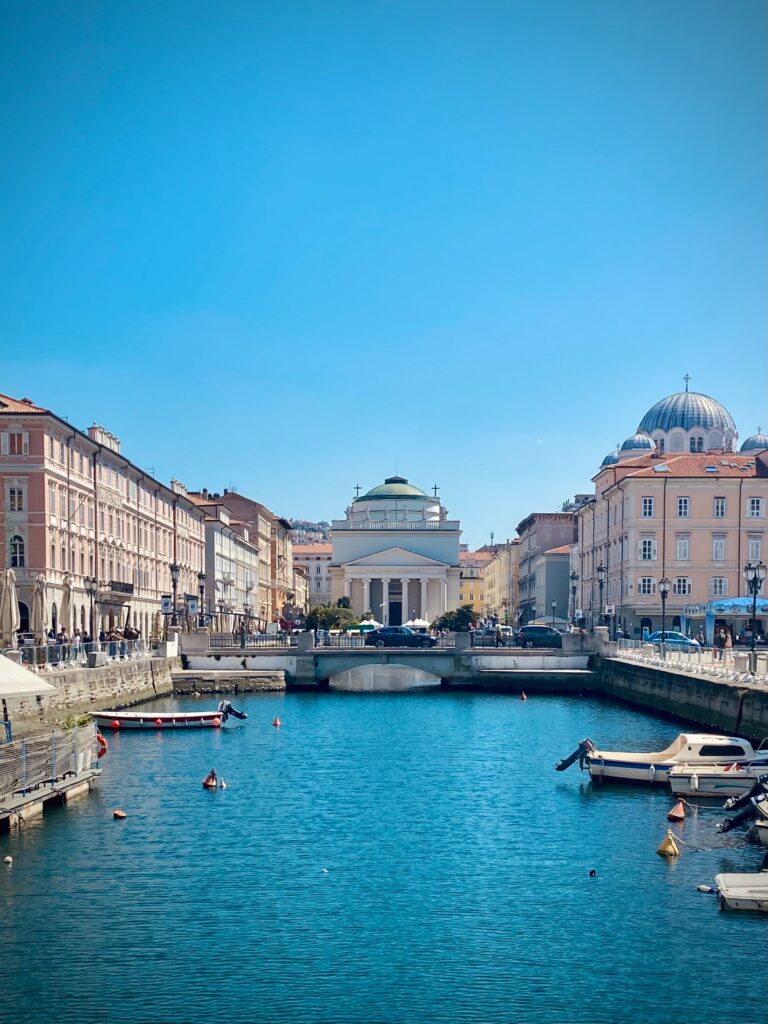
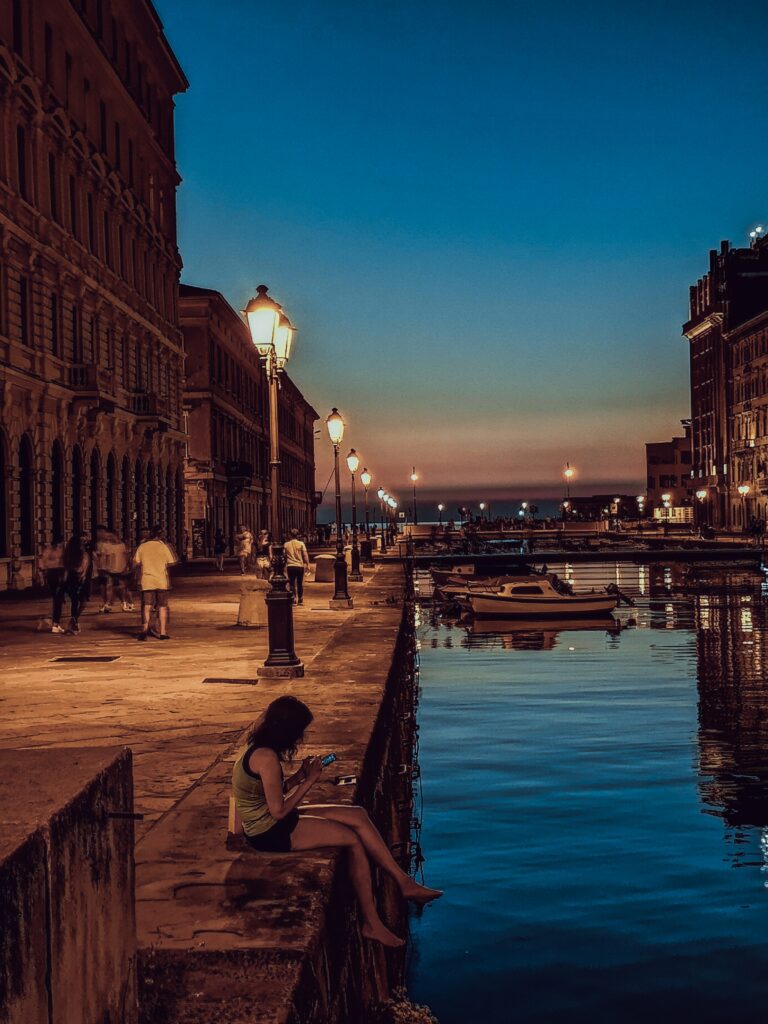
The facade is simple with a Gothic rosette window, the interior has 5 naves with exquisite frescoes of the Venetian school. If you want to see the city from a different angle, there is also the Victory Lighthouse. Don’t miss the tour to discover the caves. Thus, Trieste knows how to tempt you with hot dogs, bean soup, potatoes and sauerkraut, bread dumplings and their meat, and especially fish dishes, including anchovies and cod.
Miramare Castle
Just walk along the coastal road to reach this castle and enjoy an unforgettable view of Trieste. The estate will seem majestic to you, immersed in the greenery of a lush park at the end of Cape Grignano, which breaks off to the sea. It was Archduke Ferdinand Maximilian of Habsburg who decided to build it to make it a residence with his wife Charlotte of Belgium. The building, located about 6 kilometers from the historical center, is famous for its eclectic and nuanced style. A mix combining elements of Gothic, medieval, and Renaissance. A visit inside will amaze you.
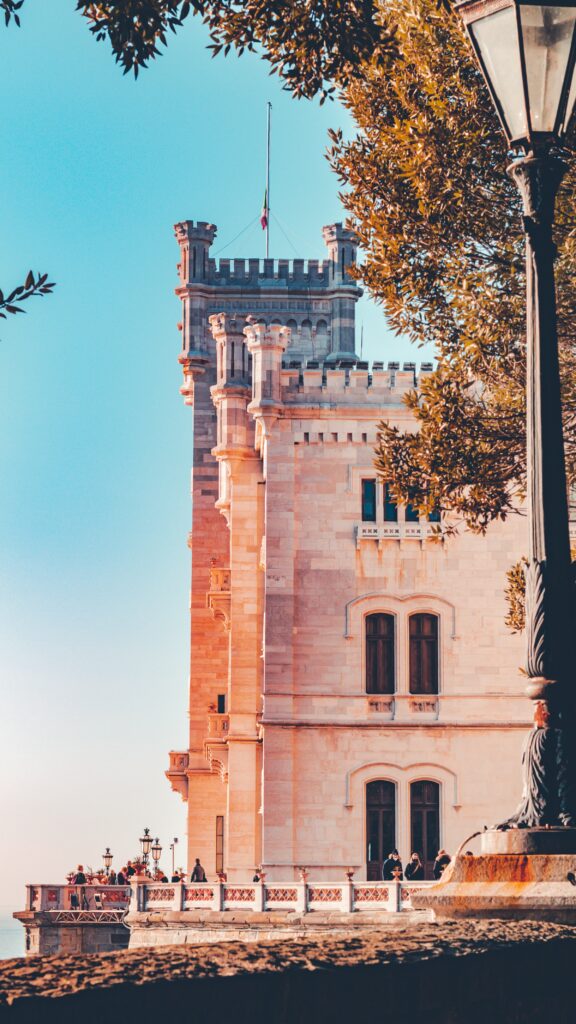
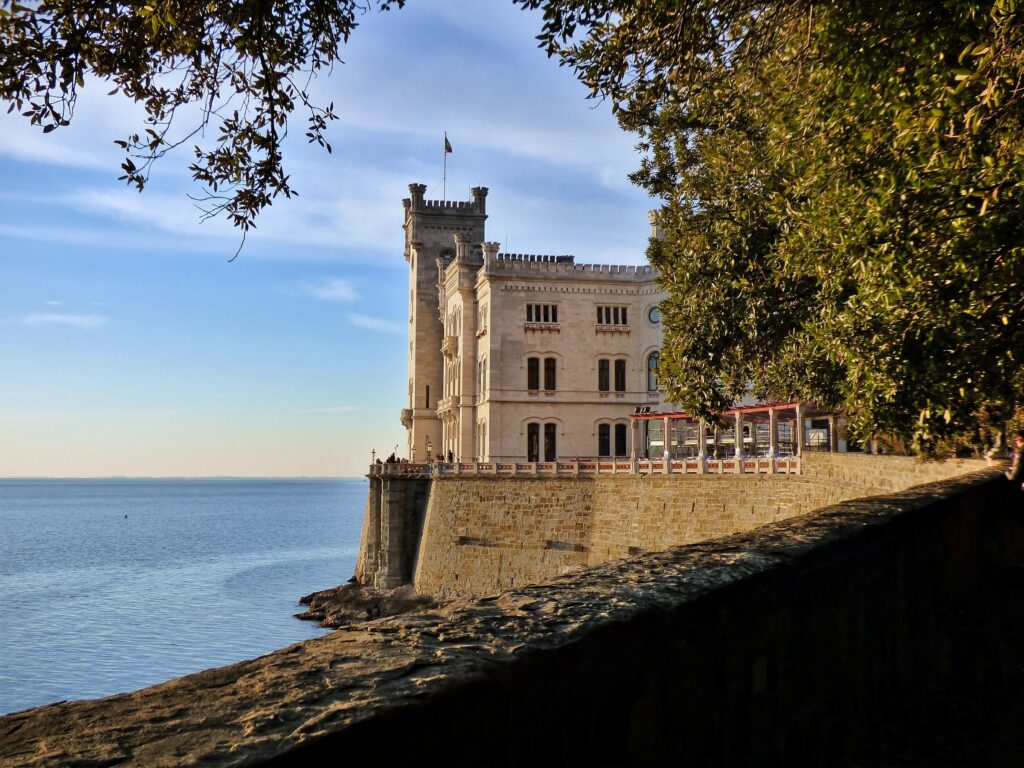
The rooms where the throne and original furniture are still located have become a museum. Instead, Duke Amedeo d lived in other apartments.’Aosta. The park is one of the favorite places of tourists and residents of Trieste and covers an area of about 22 hectares. Inside, a variety of plants from all over the world grow, and there is also what is called the Castelletto, a royal residence with a white facade that has been replaced by the main manor. If time permits, a trip to Miramare along the Barcola embankment, which goes from the center to the castle, will give you pleasure.
Val Rosandra Nature Reserve
In the municipality of San Dorligo Della Valle, right on the border with Slovenia, we can admire this beautiful place where nature manifests itself in all its splendor. The reserve covers an area of about 746 hectares and a valley crossed by the Rosandra Creek. In this area, which develops between the mountains and the sea, you will see many species of animals, including reptiles, amphibians, and birds. Both sides are very different: the north-eastern, sunny, is characterized by a mild climate, and the western, on a large screen, is dominated by a cold climate.
The nature reserve offers numerous hiking trails that will allow you to discover the remains of ancient castles, caves with numerous inscriptions, streams, and natural panoramic points that offer fantastic views of Trieste. A waterfall with a height of 36 meters deserves attention, and during a walk (on foot or by bike) you can see the remains of the Roman aqueduct and enjoy a moment of peace and tranquility.
Gorizia
A troubled history that belonged to the Habsburg Empire before the First World War, and then was divided between Italy and Slovenia. Your walk can start from the center, through Rastello, from the facades of buildings and squares that overlook the sixteenth-century scenarios. The museum in the castle is dedicated to the history of the Great War. Films, artifacts, uniforms, and models are collected, and the rooms are arranged in chronological order. The estate also houses the Museum of the Middle Ages of Gorizia, an archaeological collection, an art gallery, and a Museum of Fashion and Applied Arts.
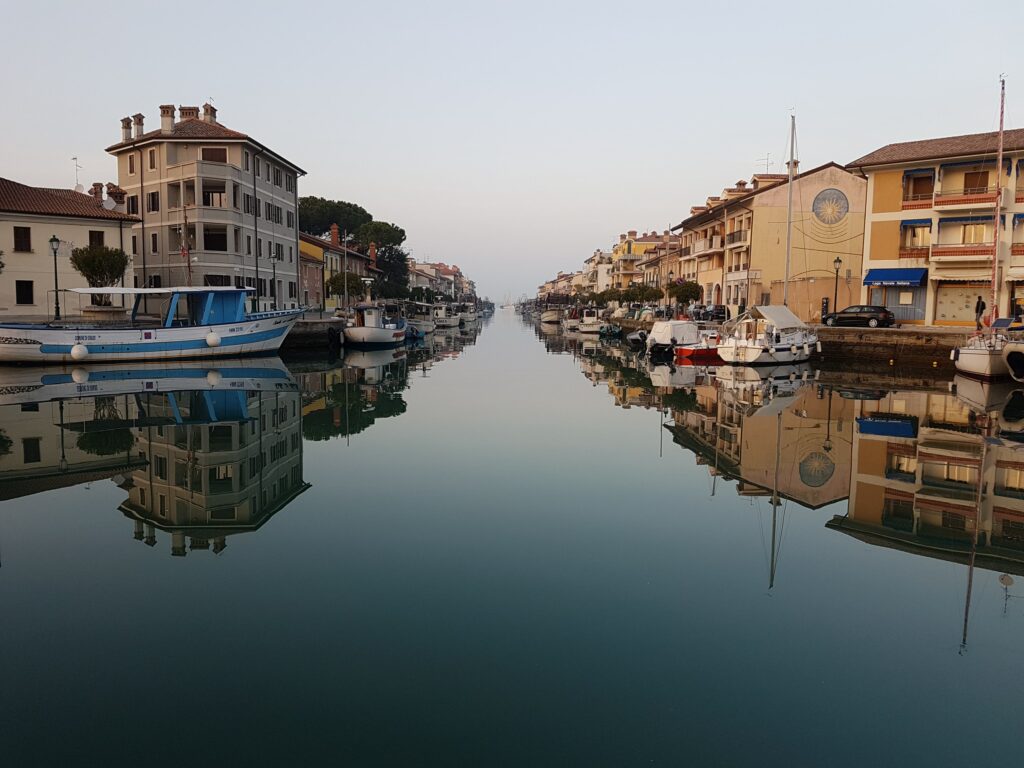
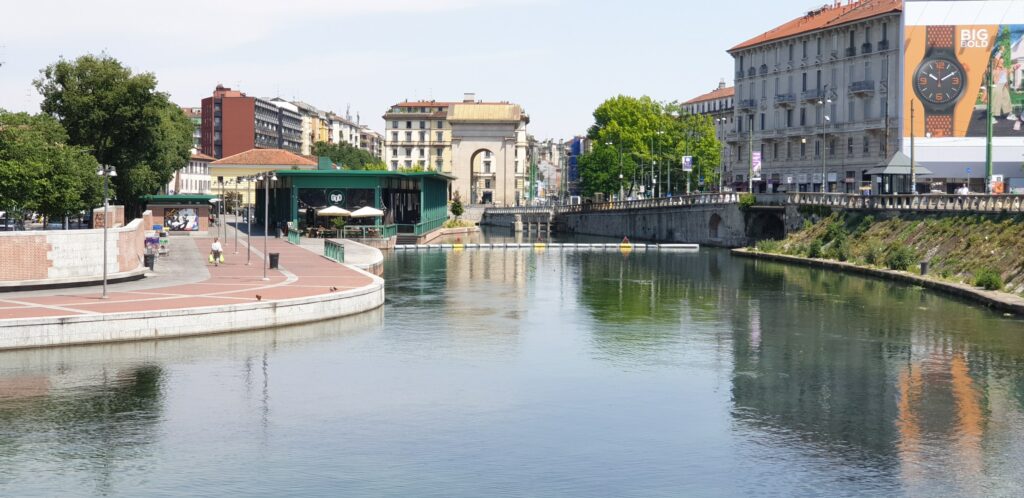
Transalpine Station is also a very important building where you can see a mosaic dedicated to Slovenia’s accession to the EU. Gorizia will also allow you to stroll among the greenery, for example, in the Viator Garden, where 500 azaleas and 300 species of rare roses grow in an explosion of aromas and flowers that defy the climate. As part of the artistic panorama, one should not miss the Church of Sant’inazio, one of the most important in the city, built by the Jesuits in the late 1600s. The elongated facade is surrounded by two towers with bronze domes. Inside you can admire the Baroque altar of San Giuseppe with four marble columns.
Giant Cave
The origin of this cave is lost in the depths of centuries, but visitors can appreciate it only since 1908. This natural beauty was discovered by chance in 1890. It combines nature, tourism, and scientific research. The giant cave is a large cavity with a height of 100 meters. During the tour, you can walk 850 meters, having managed to descend to a depth of 100 meters between trails surrounded by limestone formations, stalactites, and columns. The Visitor Reception center offers a multimedia room so that people with disabilities can explore the cave. Located in Sgonico, in the Trieste Karst, nature will explode in all its glory.
The formation of the Giant Cave can be traced back to 40 million years ago, it has an elliptical shape, rich in crystalline formations, in which numerous stalagmites were formed. There are 500 steps to the entrance to the cave. After reaching Sala Altare, you can get into a Secret Grotto. The visit lasts about an hour. After that, you can cross the karst trails and stop to enjoy the beauty of the territory among meat, cheeses, and honey with a glass of good wine. Grotta Gigante is often the venue for shows, theatrical performances, extreme sports, and tastings.
Fuqing Lakes
The Fuqing Lakes Basin is one of the most charming places in the whole region. Imagine lakes of glacial origin and an amazing atmosphere of peace, tranquility, and nature, connected by convenient trails in a lush spruce forest at the foot of the Mangart mountain range. The environment is an ever-changing color palette. There will be a riot of nature between typical animals and plants: the endless color scheme of the seasons makes this setting even more magical and fabulous, giving the lake and landscape unique shades.
From the Fucin Lakes, which are located in the park of the same name, in the municipality of Tarvisio, you can take various excursions along the trails with the opportunity to get to the shelter.
Pordenone
A city with an ancient history dating back to the Romans. He was already known in the 5th century AD under the name of Portus Naonis. Your tour can start from the old town, able to offer picturesque corners, starting from its main artery, Corso Vittorio Emanuele. It is an ideal meeting place surrounded by bars, shops, and restaurants under long rows of arcades. The oldest monument of the city is the Palazzo del Comune, built-in 1100 and representing a pearl of Gothic architecture. Inside is an art gallery, with one of the largest collections in the region.
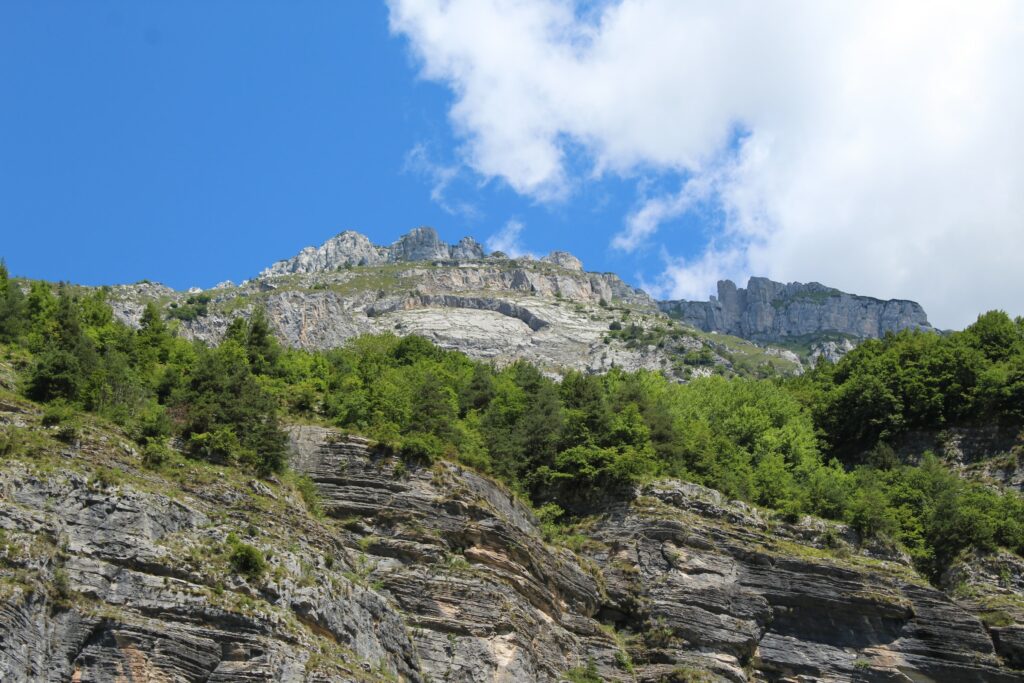
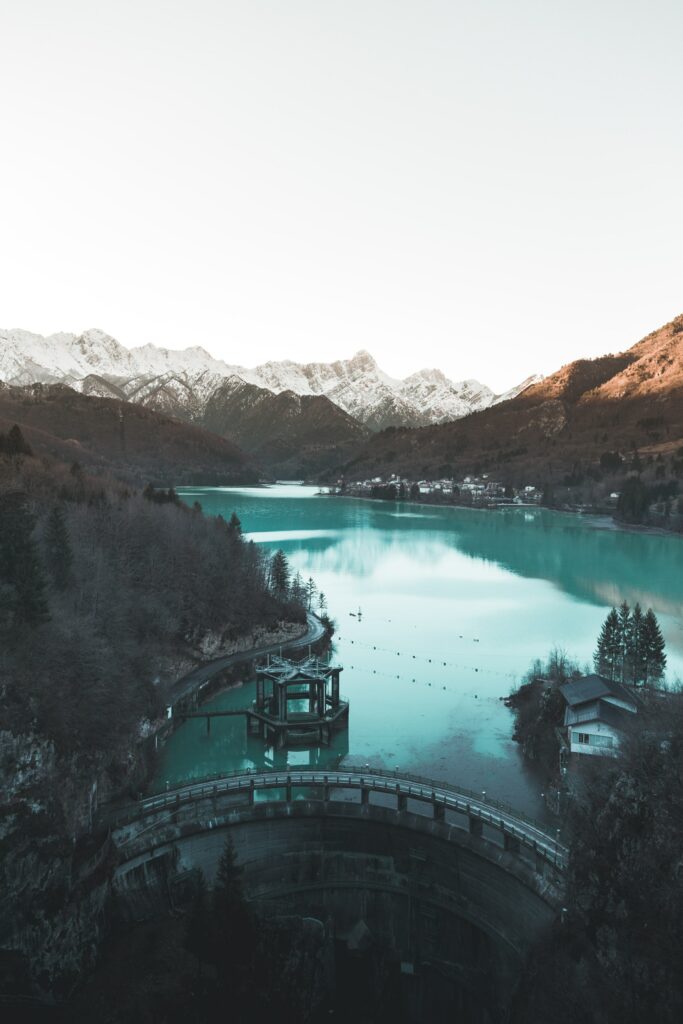
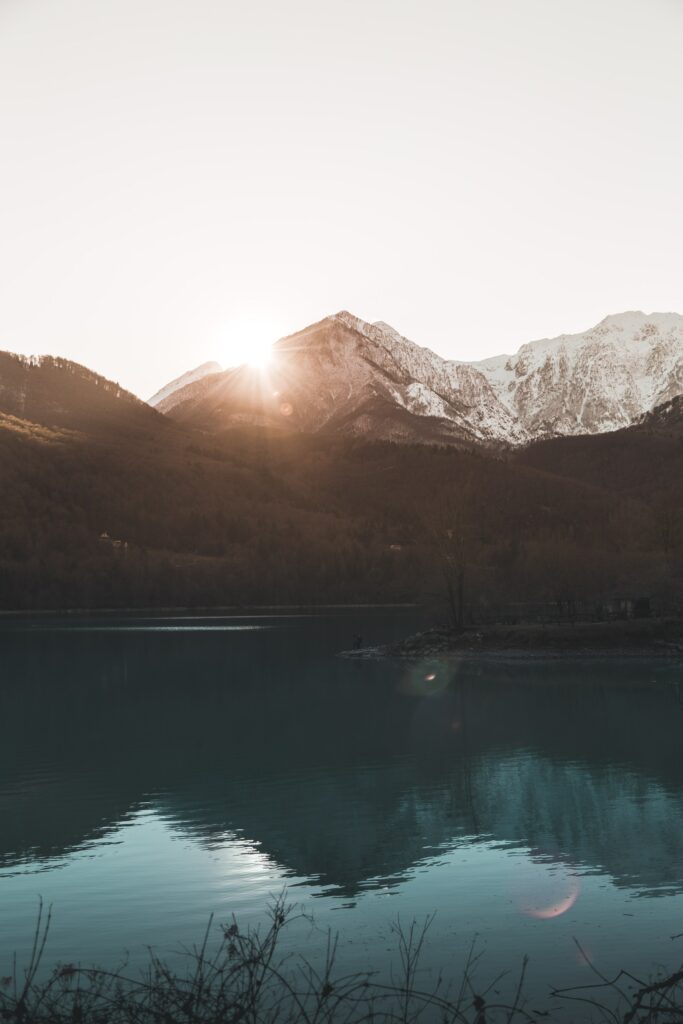
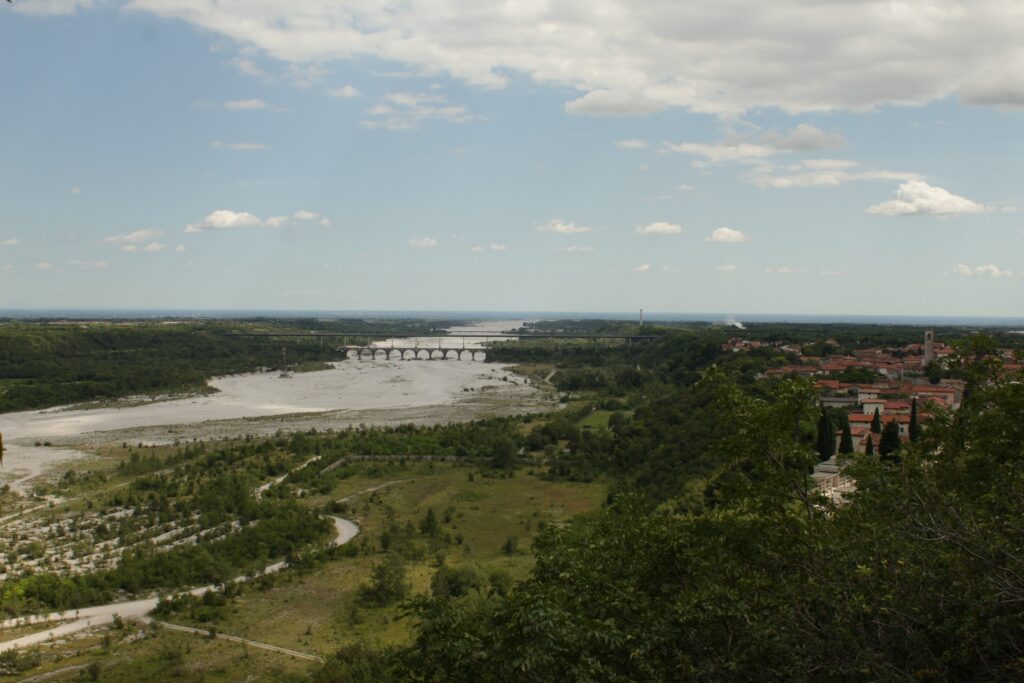
Nearby, on the spectacular Piazza San Marco, is the Duomo, the symbol of the city. Built-in 1400 in the Gothic style. Continuing the walk, you will not be able not to stumble upon a ceramic factory where you can breathe in the air and the power of traditions. The center of Pordenone will amaze you with houses with frescoes, rich decorations, paintings, and stucco. One of the greatest examples, of course, is Casa Simoni, an elegant and majestic residence characterized by a fresco located between two Gothic windows. Palazzo De Rubeis also stands out: the facade is completely covered with geometric motifs.
Piancavallo
To the north of Pordenone is a sunny and wide plateau, ideal for lovers of sports and outdoor activities. You will be able to spend an unforgettable day among trekking routes, sports grounds, an ice stadium, and cross-country and downhill skiing trails, alternating trails for about 17 kilometers. Not forgetting about snowboarding and bobsleighing on rails. The area is ideal for walking in summer. The view manages to penetrate the blue of the Adriatic, and in the frame – a typical landscape of the Dolomites.
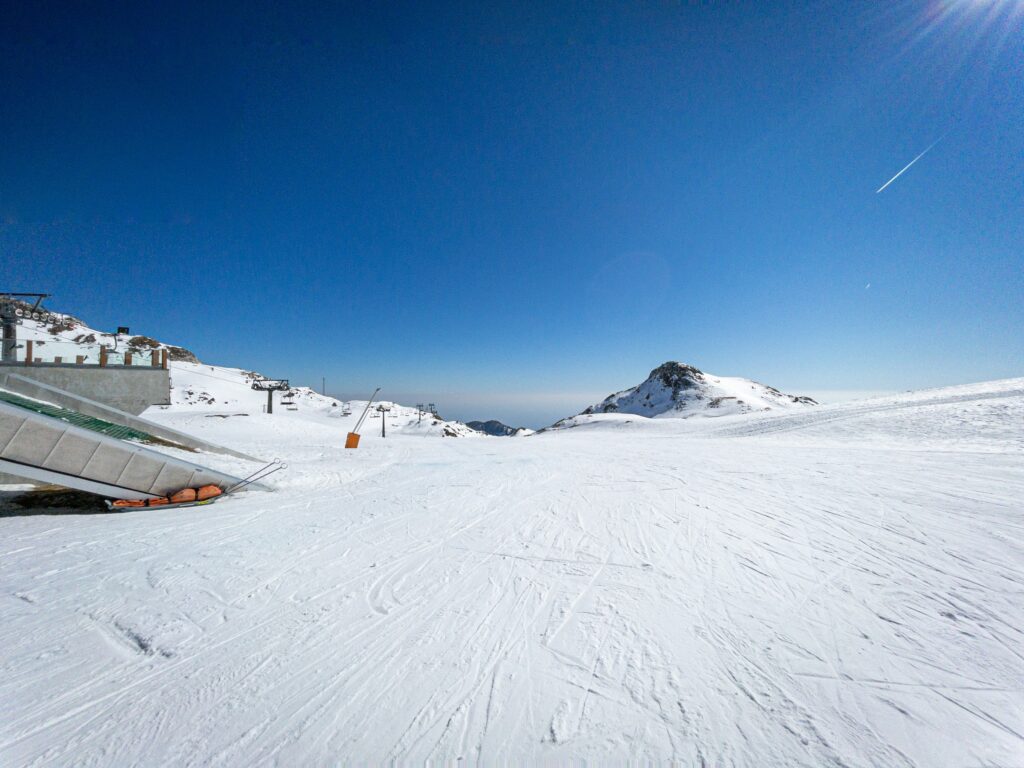
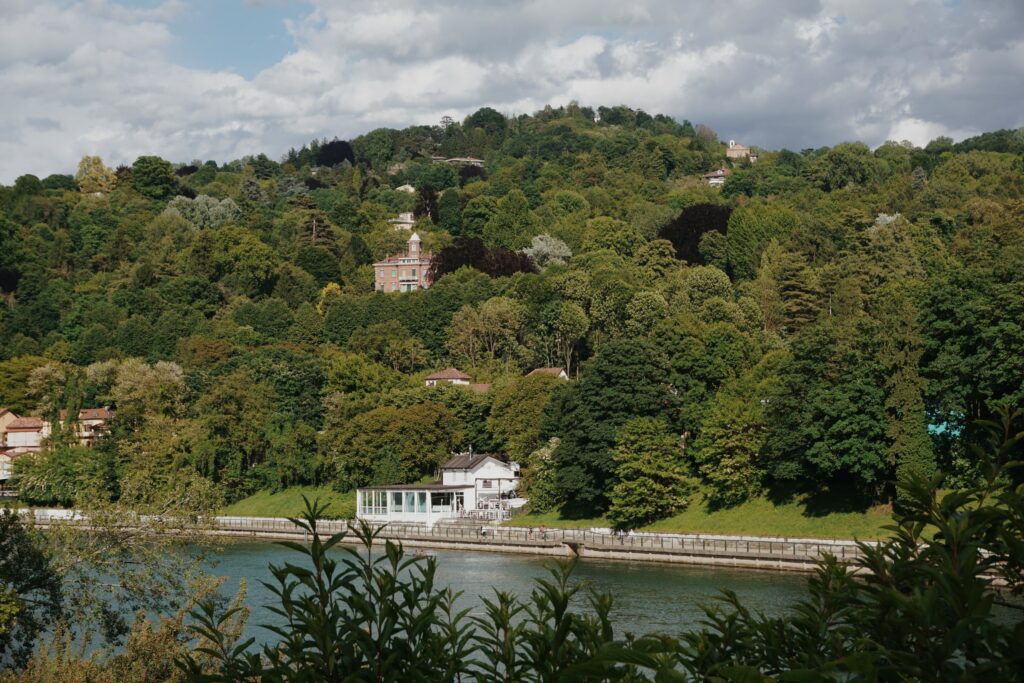
For those who need a little adrenaline, at an altitude of 1091 meters from Castaldia you can ride a hang glider. There are also several places to visit in the vicinity of Piancavallo: lakes that can be crossed by kayak or canoe, windsurfing, and sailing. You can also walk to the caves, impressive works caused by water erosion. The municipality of Piancavallo, part of the municipality of Aviano in the province of Pordenone, hosted the Alpine Skiing World Cup and the Giro d’Italia.
Lignano Sabbiadoro
This is one of the most famous seaside resorts on the Northern Adriatic. The beach stretches for 8 kilometers and offers numerous services, as well as the opportunity to find everything you need for water sports or for enjoying a tan (umbrellas and sun loungers). The sea has been awarded the Blue Flag for water quality. Part of the beach is free, part is equipped with bathrooms, which also have a gazebo. The municipality is divided into three districts (Lignano Sabbiadoro, Lignano Pineta and Lignano Riviera).
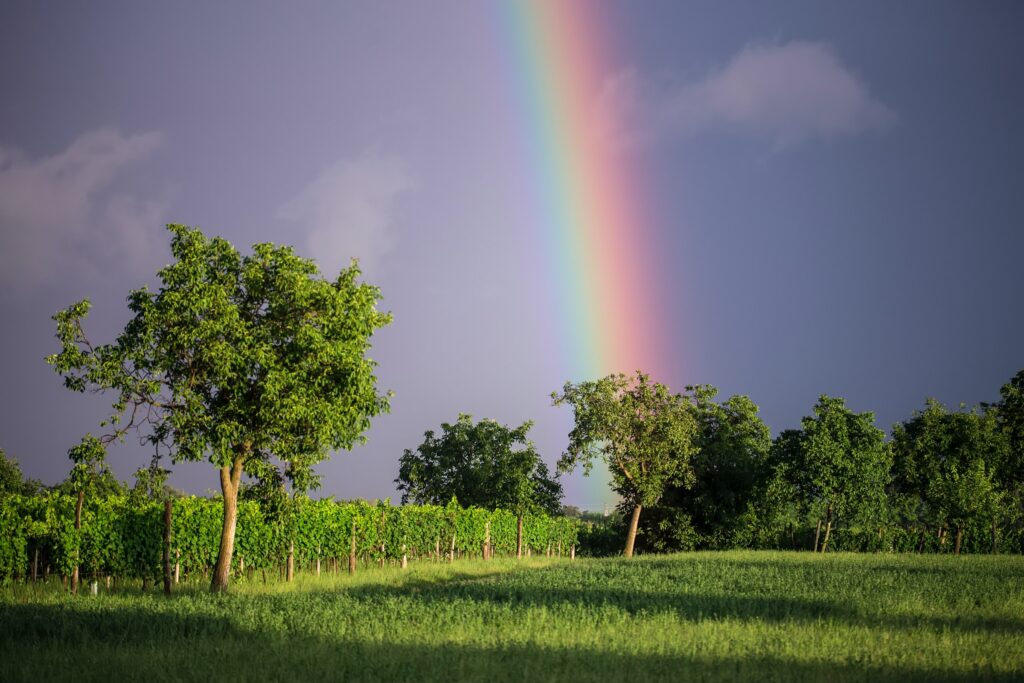
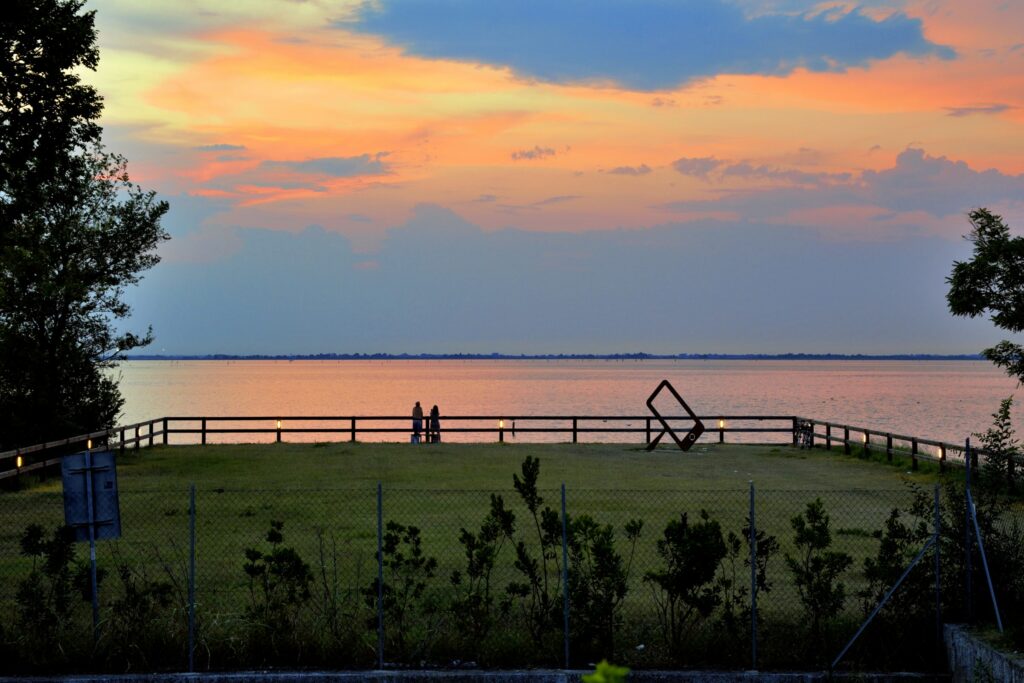
The first offers a lively historical center full of squares and views, where you can also go shopping. The second one is remembered for its luxurious boutiques stretching along the central embankment. The latter center is surrounded by greenery and is suitable for lovers of tranquility. You will spend a bright holiday full of movement and places where you can spend a pleasant evening or taste the delicacies of traditional cuisine.
Aquileia
The city, located in the province of Udine, was named “The Second Rome” for the role it played in ancient times and for the richness of its archaeological heritage. Indeed, it became one of the most important and largest cities of the Empire. And Emperor Maximian settled here. One of the main attractions is the Basilica of Santa Maria Assunta, which is located in the center. The original structure dates back to 313 AD, even if it has undergone numerous changes over the centuries. The Feodorian halls, which are considered the first places of worship of Christians, have been preserved in the foundation.
Among other attractions is, of course, the Paleochristian Museum. The structure stands on the remains of an early Christian basilica. On the ground floor are the remains of the basilica south of Aquileia. You will admire the mosaics and inscriptions on the floor. Also, you can not miss the Roman Forum. It is assumed that the center of urban life was built between the 2nd and 3rd centuries AD. Today, part of the portico and the colonnade are visible.











